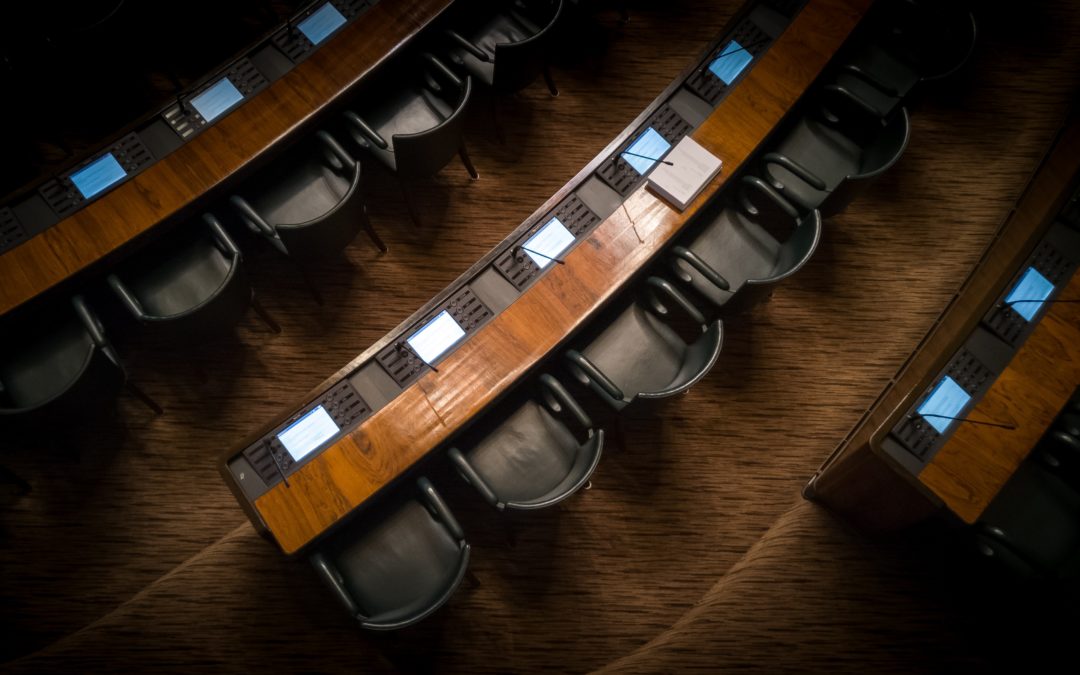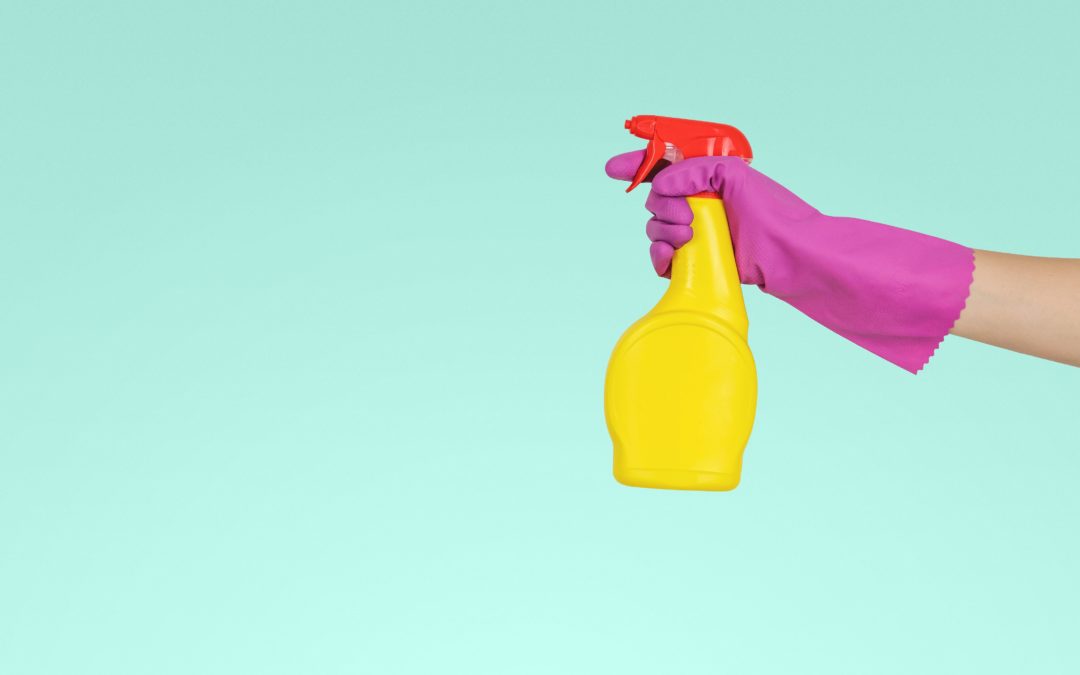by Karla Dennis | Apr 1, 2020 | Blog
Tax Update Announcement – 03/27/2020 In an effort to provide continued clarity around changes to tax law, we are offering this update to our previous tax announcements. As such, we have removed a few of our previous tax update posts. Below, you will find a list of frequently asked questions in reference to the Internal Revenue Service’s (IRS) Notice 2020-18 (PDF). In this Notice, the Treasury Department and the IRS announced special Federal income tax return filing and payment relief in response to the ongoing COVID-19 emergency. read...
by Karla Dennis | Mar 27, 2020 | Blog
The CARES Act includes 14 new tax provisions as well as additional IRS funding for operations and implementation ($293.5 million for taxpayer service; $170 million for operations support; $37.2 million for enforcement).. Here is what I see as the most important tax elements: Individual Provisions §2201. 2020 Recovery Rebates for Individuals Recovery rebate for each taxpayer of $1,200 ($2,400 for joint returns). Plus $500 for every qualifying child. Rebates are means tested and begin phasing out after $75,000 adjusted gross income (AGI) (single), $112,500, (HoH), and $150,000 (MFJ). The rebate amount is reduced by $5 for each $100 a taxpayer’s income exceeds the phase-out threshold and completely phased-out at $99,000/$198,000 (single/MFJ). No payment without proper tax identification numbers. IRS will base these amounts on the taxpayer’s 2019 tax return 2018 tax return if 2019 not yet filed If no filing for either year, then based on information provided by Form SSA-1099 or RRB-1099, 2019 Social Security Benefit Statement The Department of Treasury is required to conduct a public awareness campaign. §2202. Special Rules for Use of Retirement Funds Waiver for the 10-percent early withdrawal penalty for distributions up to $100,000. Coronavirus-related distributions may be: repaid any time during the three years from distribution. included in gross income ratably over three-taxable-year period. Loan limit increased from $50,000 to $100,000. Sections 2203, 2204, 2206. RMDs; Non-Itemized Charitable; Employer-Paid Education Loans Minimum distribution rules for certain retirement plans and accounts are waived for 2020. A $300 deduction for cash contributions allowed for taxpayers not itemizing beginning in 2020. Employer payment of any qualifying education loan is excluded from income. §2205. Modification of...

by Karla Dennis | Mar 27, 2020 | Blog
It is official; Congress has agreed to pass a $2 trillion economic relief package. This stimulus package comes at the precipice of the Covid-19 virus affecting millions of American households. This package includes stimulus payments to particular taxpayers, expanded unemployment coverage, and more. The President is expected to sign it very soon. Here are the main takeaways from the relief package: Direct Payments: The economic relief package includes one time payments for taxpayers: The aid package allows for checks of $1,200 to taxpayers with adjusted gross income up to $75,000 for individuals and $150,000 for married couples. The package also states that individuals and couples are eligible for an additional $500 per child. However, your income can make a big difference in what money you may receive. The payments decline by $5 for each $100 of income over those thresholds and phase out for individuals whose revenues exceed $99,000. read...

by Karla Dennis | Mar 27, 2020 | Lifestyle
This time of year is always associated with getting everything dusted and organized. Spring cleaning season is upon us, but how to get started? Spring cleaning can be personalized to whatever your needs are. Whether you have a small or large space, these spring cleaning basics can you get your home feeling clean and fresh. De-clutter your space: This means getting rid of old clothes, utensils, magazines, shoes, papers, etc. To really clean and start making your home feel fresh again, it’s going to need a fresh start. The current trend right now is to de-clutter and reorganize your home so that it represents who you are in a clean, welcoming way. This trend has been set off due to Marie Kondo’s philosophy being brought to Netflix. In Japan, they have smaller spaces and limited rooms; therefore, they cannot afford to have much clutter. Here in the U.S., homes tend to be much bigger, enabling us to have more clutter. To de-clutter your space, slowly work through different rooms in your home. You may start off in the kitchen, and gradually get rid of old utensils, chipped cups, and unnecessary cooking appliances. To indeed have a clean space, you need to get rid of small or large items taking up space in your home. If you have a junk drawer, get rid of all those pens, papers, old bills, and receipts. If you can find a home for it, keep it, but if it is only taking up space, toss it. It can be challenging cleaning out junk drawers, and Tupperware, however, your newfound space will delight you later....
by Karla Dennis | Mar 26, 2020 | Blog
Under the recently enacted Coronavirus Preparedness and Response Supplemental Appropriations Act (the Act), small businesses that have suffered substantial economic injury as a result of COVID-19 can apply for low-interest federal disaster loans through SBA. Small businesses and nonprofits can apply for working capital loans of up to $2 million. We’ve highlighted the following key details of the Act for you here, but you can also learn more by visiting the COVID-19 disaster assistance page on SBA’s website. read...


